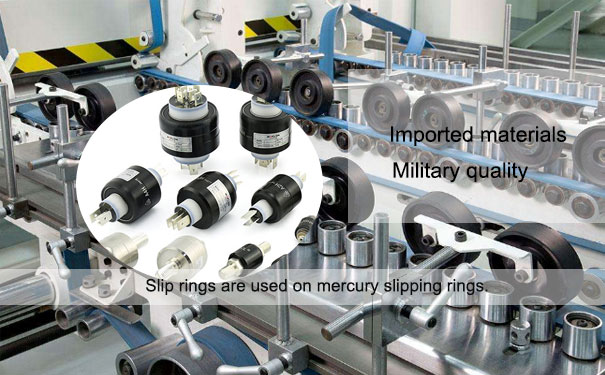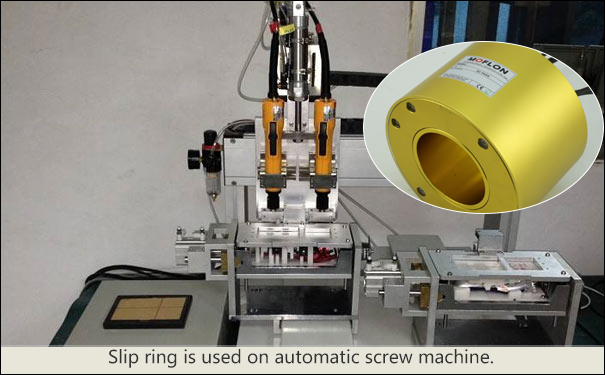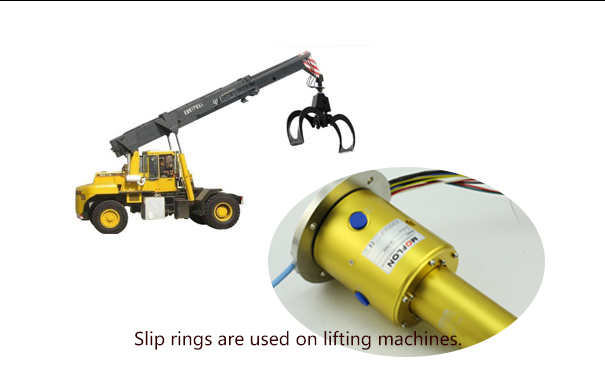The key component in the engineering of different lifting machines, drilling machines, different types of cranes and many other types of machines is the double column conductive control system. These different lifting machines, drilling machines, different types of cranes and other machines are mostly mounted above or below its rotation center. These machines are connected by internally by an internal rotating system called rocker and center. They do not require an external fork mechanism. The world has advanced a lot in terms of technology. There has been a tremendous development in the fields of mechanics and technology and this, in turn, has led to a great development and update in the constructions of cranes, lifting machines, drilling machines, etc. This equipment is already present in the single column conductive control system but are not so efficient and pose a risk. The main problems of products with single column conductive control system are displacements, open circuit instability, bending and short circuit.

For the above problems with the single column conductive control system, the double column conductive control system has been developed. The system is then rotated in contact with the conductive components. There is an electrostatic coupling in between the rotating and the stationary parts. This enables the transmission of power and electrical signals over the control system freely.
Parts of a double column conductive control system
A double column conductive control system includes the following: a base, a central rotary boy, brush assembly, slip ring device, caps, plates, spacer, conductive rings, slip ring assembly. and electrostatic couples

Workings:
The base is fixed to the central rotating body, on both sides of the fixed column. Then there is a cover hole opened over the line of there center body and the brush assembly is connected by a rotating bolt connection. The slip ring device has plates, spacer, conductive rings and assembly of the slip ring and brush arranged on the column and is rotated with the contacts by the electrical and power signals. Copper wires on the slip ring means of the output of electrical and power signals between the stationary and the rotatory parts to achieve rotation.

Advantages
The double column conductive control system is a better method of achieving the transmission between the stationary and the rotating members of the equipment. There are numerous other advantages too. The electrostatic coupling ensures the reliable transmission of electrical power and signals. There is no interference in the signals. There is no displacement of the rotating joints as well as no bending of the stationary parts. The risk of short-circuiting is also reduced to a great extent an there are no parts exposed as was in the single column structure. They also increase the durability of the machinery as the effects of the external environment are reduced due to the compact structure of the machine. So, we can say that not only the double column conductive control system structure enhances the stability of the structure but also increases the productivity and the service life of the machinery.
